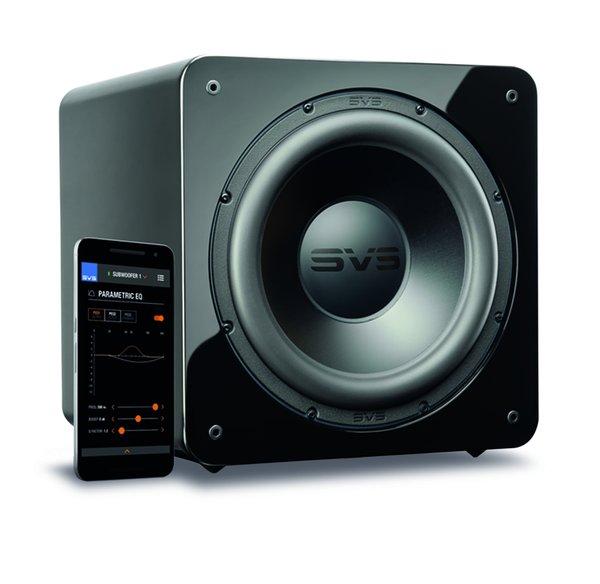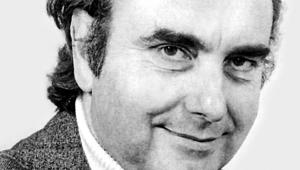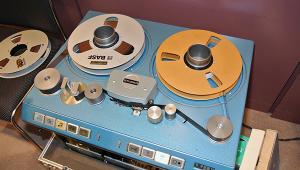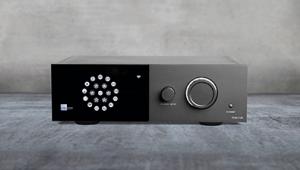Optimising The Bottom End

A properly setup subwoofer can add enormously to your musical satisfaction. Improperly setup, it can be an annoying nemesis.
Many subwoofers are designed for maximum dynamic impact with multichannel movie soundtracks. While they may excel at making explosions sound convincing, they may not contribute much to your enjoyment of music. Truly musical subwoofers are rare.
Some subs are passive - basically a large woofer in a big box - and intended to be driven by an external amplifier, in turn fed by an electronic crossover device. Active subs include onboard amplification with basic settings - input filter or crossover point, phase, and output level - all adjustable on the back panel, or by remote control or app.

Listen And Learn
Remote operation from the listening position is much preferable to the trial-and-error of repeatedly dashing back and forth to get things right. Other than basic 0/180o phase adjustment, it's nearly impossible to set up a subwoofer when you're right on top of it. It needs to be heard from the listening position.
Arrangement of drivers varies enormously. Some subs are downward firing, some are festooned with drivers on two or more sides, but the most common are front-firing, with a single driver. (A pair of these flanking your primary speakers can work really well.) They are the easiest to setup in a two-channel music system because they can be positioned so that the subwoofer's driver is aligned with the woofers of the primary speakers.
Why is this important? While it's true that a subwoofer will work anywhere in the room, for maximum music it needs to be physically aligned as closely as possible with the primary speakers, because no matter how steep the crossover slope, the sub and primaries share some frequencies. Low bass wavelengths are very long, but if the subwoofer and its mates are offset by even a few inches the sonic result can be muddy.
The sub's phase adjustment should be set so that its output is consistent with the primaries. An out-of-phase setting will still yield bottom-octave reinforcement, but there will be a suck-out (phase cancellation) above that octave. The simple way to set phase is to play a familiar recording with a strong bassline and adjust the 0/180o switch/dial whichever way sounds fullest and loudest. With that done, you're part-way home.
As regards crossover point and output level, the THX crossover standard for home theatre is 80Hz, covering the bottom two octaves. In my opinion, 80Hz is too high for most music and most high-quality loudspeakers, and can make some subwoofers resonate like conga drums.
Large floorstanders typically reach 35Hz or below, and most small speakers perform quite well down to 45Hz. In my experience, setting the sub's crossover at 50Hz is a good place to start, and usually a good place to end. That lets the sub and primaries share more or less equally. Set the subwoofer's output level so that it energises the room but not so high that it draws attention to itself.
Sub Satisfaction
You want a smooth transition to the bottom without obvious bumps, with well-defined bass articulation. Experiment with various recordings to find the right balance. There's nothing wrong with tweaking a sub's output level to compensate for overly rich or overly lean recordings - easy to do 'on the fly' with a remote control/app. The SVS SB-2000 PRO and the compact Velodyne SPL-1000R are both remote controllable, as is my James 10SG, now 20 years old. The dbx Driverack PA2 mentioned in HFN Oct '22 is a wonderful bass management tool.
Until late in the 20th century, the only way most music lovers got to enjoy truly deep bass was via giant drums or in pipe organ recitals in large cathedrals. We're lucky to live in an era where such satisfaction is available at reasonable cost, and with only a little bit of effort.






















































